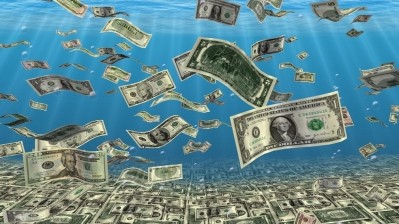Study questions $1.3bn average R&D cost per new drug

Study author Donald Light argues the figure is an update of a 2003 paper by Joseph DiMasi et al at the Tufts Center for Drug Development, whose original $802m estimate was based on “inflationary data and assumptions.”
The main criticism of in the new research is that the $1.3bn average is based on data voluntarily provided by 10 pharma firm’s which, according to Light, was not a random sample and may have been skewed towards those with highest R&D costs.
Light also says that DiMasi et al failed to verify the reported costs and points out that: “Methods of identifying and counting R&D costs may changes with changes in company administrations after mergers and acquisitions.”
The other main failing, according to Light, is that because no drug names were disclosed “one cannot tell how many were among the 60 per cent of new chemical entities (NCEs) that the USFDA regards as warranting a priority status for not providing therapeutic advances.”
Light told in-Pharmatechnologist.com that: “When we correct for these [issues] the net, median cost to companies ranges from an unknowable cost for research and $20-$200 million for development.”
Industry pressure
Light, a long-standing critic of the pharmaceutical industry, went on to suggest that drug firms have worked to maintain the highest possible average R&D cost as a result of self interest.
“Since the 1970s, research-based pharmaceutical companies have consistently supported certain health economists to come up with the highest estimated costs for R&D they can, because costly R&D lies at the centre of industry's efforts to seek greater market protections from competition.”
He also raised concerns about the impact an inflated R&D figure has had on innovation in the pharmaceutical industry.
“Current incentives and protections strongly reward companies for producing new medicines that 85 to 90 per cent of the time offer few therapeutic advantages to patients.
Instead he called for: “Incentives and protections need to be revised to reward companies for developing superior medicines and to test them better for harmful side effects.”








